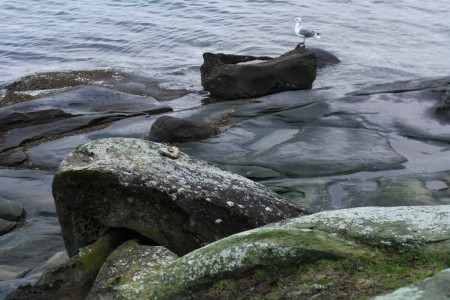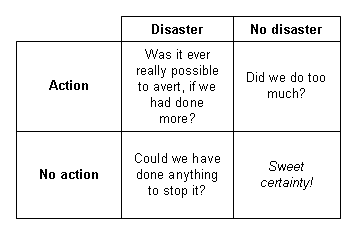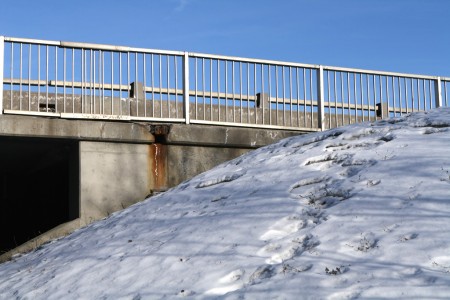Now that some figures are on their website, it is possible to comment a bit more meaningfully on Bloom Energy (beyond noting that they can attract a lot of heavyweights to their press events).
They seem to have deployed 3 megawatts of fuel cells in seven installations. That’s twice as much power as is provided by Grouse Mountain’s solitary wind turbine. Of these, two installations (with an output of 900 kW) are running on methane from renewable sources. According to Wikipedia, the fuel cells cost $7,000 to $8,000 per kilowatt. That is extremely high. An open cycle gas turbine power plant costs about $398 per kilowatt. Wind turbines cost something like $1,000 per kilowatt. Nuclear is probably over $2,000 and even solar photovoltaic is cheaper than $5,000. From an economic perspective, natural gas also isn’t the most appealing fuel for electricity production. It has significantly higher price volatility than coal.
Without more statistics, it is impossible to know how the efficiency of these fuel cells compares to conventional natural gas power plants, either before or after transmission losses are factored in. Bloom’s literature says that, when they are using conventional natural gas, emissions from their fuel cells are 60% lower than those from a coal power plant. Frankly, that isn’t terribly impressive. Coal plants generate massive amounts of CO2, relative to their power output. It also isn’t clear whether methane from renewable sources would be more efficiently used in these distributed fuel cells than in larger facilities based around turbines and combustion.
Many environmentalists assume that distributed power is the future, but there are definitely advantages to large centralized facilities. They can take advantage of economies of scale and concentrated expertise. They may also find it easier to maintain the temperature differential that establishes carnot efficiency.
It will be interesting to see how Bloom’s products stack up, when more comparative data is available.







